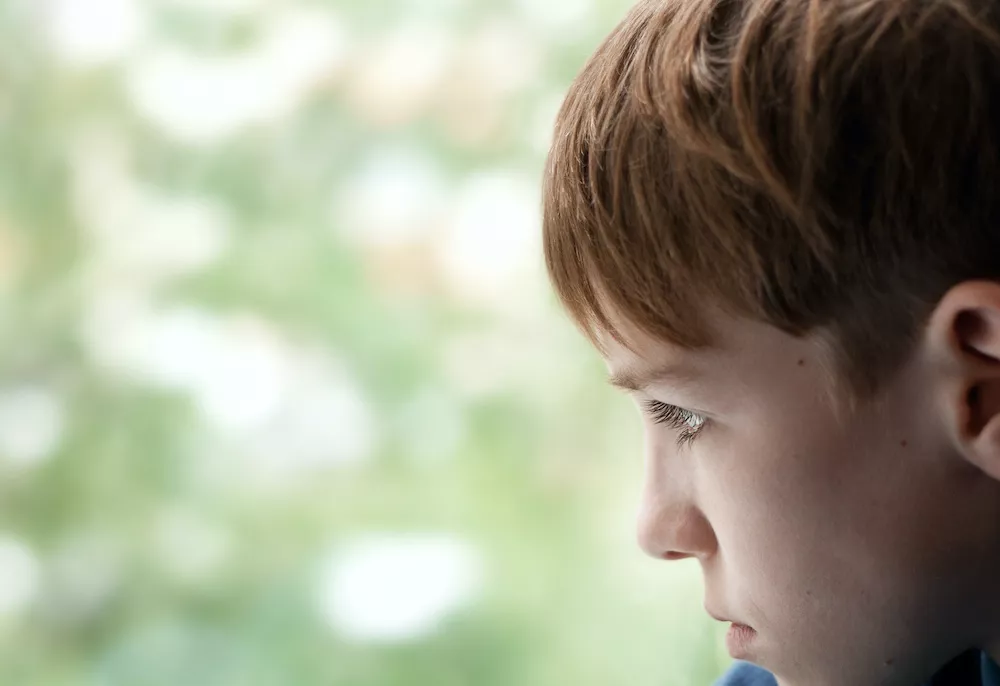When you think of your first year teaching, you probably imagine a group of bright young minds, looking forward to school. But behind those eager faces, some students may be experiencing trauma- induced stress and fear. Almost half of America’s youth have had at least one traumatic childhood experience, according to data from the National Survey of Children’s Health, with that number rising to 55 percent for youth older than 12.
The effects of childhood trauma often manifest in the classroom in the form of disruptive student behavior. So how is a new educator to bridge the gap between expectation and reality?
Fight or Flight
It’s important to understand how trauma affects the brain and behavior. Scientists tell us that a child’s brain physically changes after experiencing poverty, eviction, or hunger, or after witnessing violence at home or in the community. The brain adapts for survival under the worst conditions. As a result, these young people will frequently exhibit “fight, flight, or freeze” responses to stress.
Living in a constant, fear-activated state of hyper-awareness means these students can be quick to rage. They can be perceived as defiant, disrespectful, or overly aggressive, explains Illinois special education teacher Kathi Ritchie. Others may look like they’re zoning out or drifting off, she says. “It can look like kids are shutting down, but their brain is telling them, ‘you need to be safe.’”
“You will see kids struggling with all areas of language, word retrieval, writing,...memory suffers hugely,” Ritchie says. “They tend to be forgetful. They don’t remember content-area ideas that have been taught to them; the next day it’s like they never were taught,” she says.
Create a Safe Learning Environment
Use calming colors, more subdued lighting, and sensory tools, such as stress balls, that help students regulate their emotions. Create a “cool-down” corner where students
can take a break and self-soothe. Thoughtful breathing or mindfulness exercises also can be helpful.
Use predictable and consistent classroom routines: first breakfast, then seat work, followed by circle time. Give advance warning of any changes.
Ask students to repeat verbal instructions and use visual cues, including more written instructions or visual prompts for multi-step directions—like a sticky note on a desk. The brains of some traumatized students are ill-adapted for language development or memory retention.
These cues and prompts help alert the student to move on to the next task.
Be flexible. The work of a trauma-informed educator isn’t about using a special “trauma curriculum,” it’s about giv- ing students the support they need to access your regular curriculum, says John Snelgrove, head of guidance services for Brockton Public Schools in Massachusetts. This includes implementing restorative practices that allow students to examine their behavior and make amends.
Your Professional Association Can Help
NEA offers toolkits, information, and other resources to help educators support students who have experienced trauma at nea.org/trauma-informed.
“What educators need to know is that they can adapt, too,” says Deb Stevens, director of instructional advo- cacy for the Delaware State Education Association. With professional training, educators can reduce the impact of traumatic experiences and help foster learning. “You must believe you can make a difference,” she says.




